Kaitlyn Conner
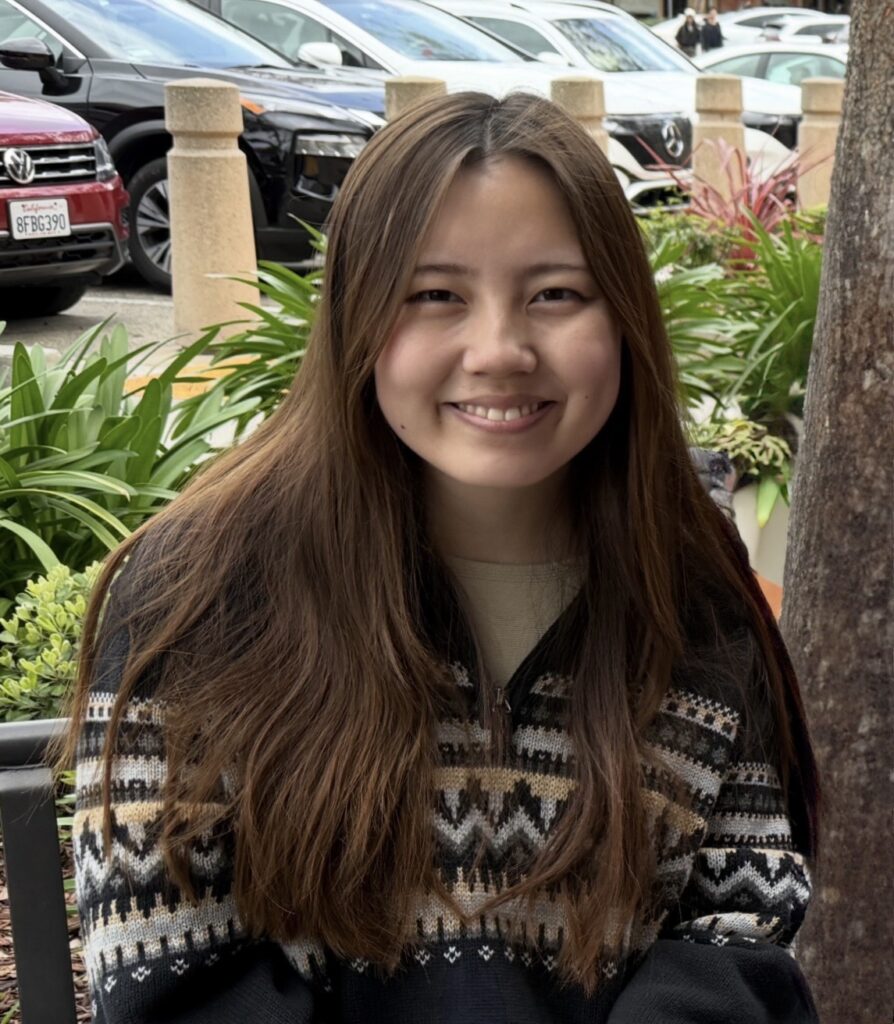
Tooth regeneration provides a model for studying the genetic mechanisms behind organogenesis. In many vertebrates, teeth are shed and regenerated continuously, yet the molecular pathways driving this are not fully understood. Our lab used CRISPR/Cas9 to generate mutations in three Wnt ligands implicated in epithelial morphogenesis and regenerative processes such as mammalian hair growth. My project specifically focuses on Wnt7ba and its role in tooth morphology in the threespine stickleback. We hypothesize Wnt7ba activates regeneration pathways, and its disruption will reduce tooth number and replacement in mutants. I am analyzing […]
Justin Chuck
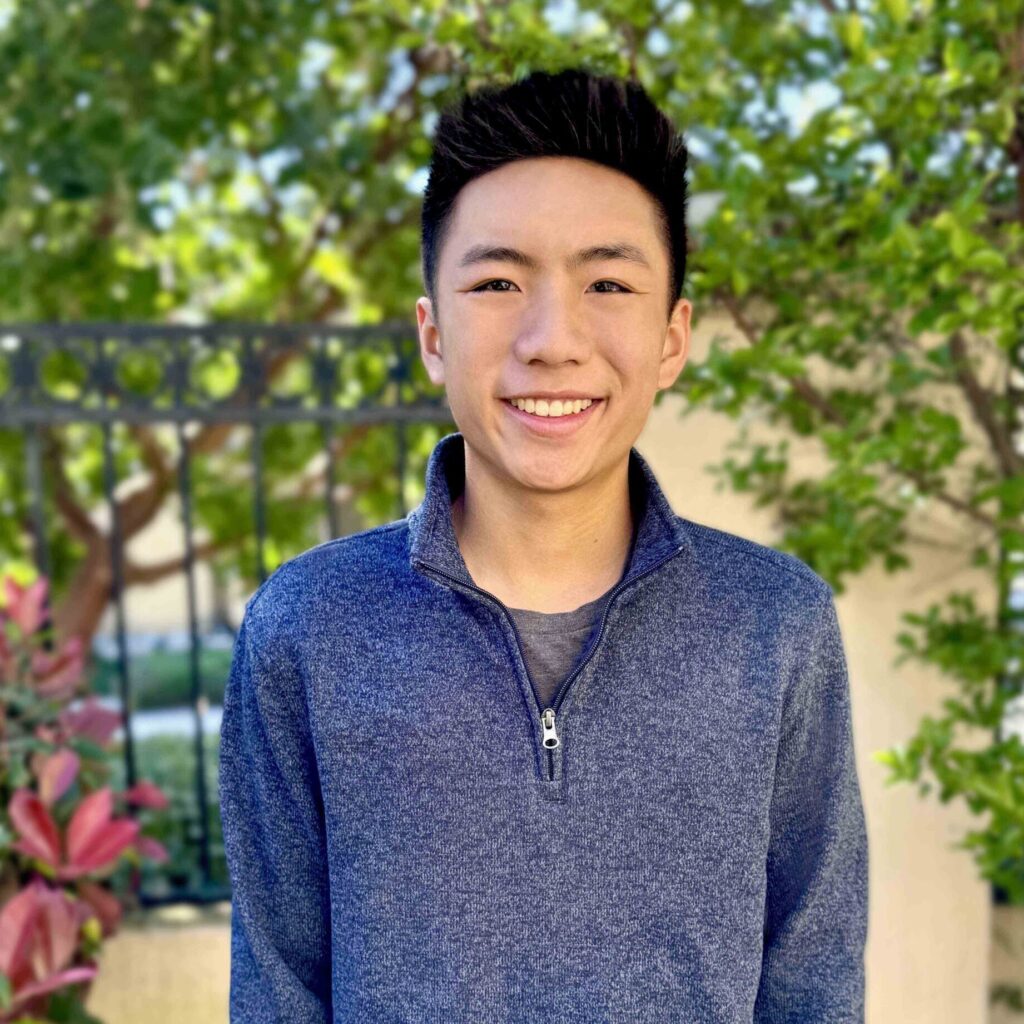
My work at the Clinical Research Center investigates novel developments and strategies in diagnosing, treating, and preventing ocular anomalies. This interdisciplinary project and my role in it will provide key opportunities to understand eye health, such as evaluating meibography images and managing data regarding meibomian gland quantification. Through this multifaceted research opportunity at the Clinical Research Center, I would conduct patient screenings and classify participants into ocular surface and contact lens studies. A culmination of these experiences is best represented in a research manuscript, which I would assist in writing […]
Jessica Chan

Mussels play a vital role in coastal ecosystems and are sensitive indicators of environmental change. This summer, I am continuing my research on mussel larval recruitment trends and the environmental factors that predict them in Southern California. Recruitment refers to the stage when mussel larvae settle onto a surface and survive the critical period that follows, offering insight into how species respond to changing ocean conditions. I will also be joining a new project focused on the growth rates of northern abalone.
Jeongeun (Jay) Hwang
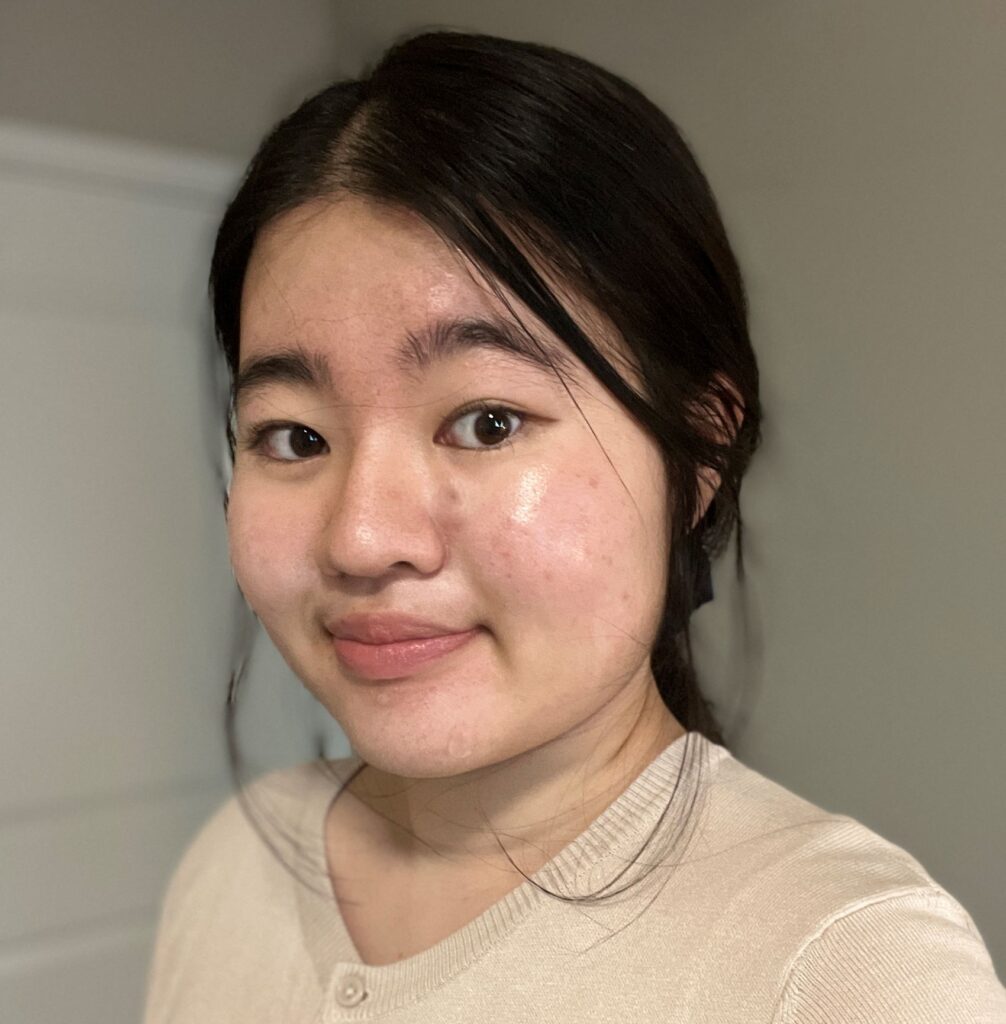
CalAIM is a long-term commitment to making Medi-Cal, California’s Medicaid program, more equitable, coordinated, and person-centered through a variety of initiatives and services. The goal of the CalAIM evaluation components I will be working on is to assess the implementation and impact of two CalAIM initiatives: Providing Access and Transforming Health (PATH) and Community Supports. PATH focuses on developing provider capacity to implement new Enhanced Care Management (ECM), Community Supports, and re-entry benefits in Medi-Cal, while Community Supports are 14 new Medi-Cal services intended to improve members’ health and well-being […]
Harry Huang
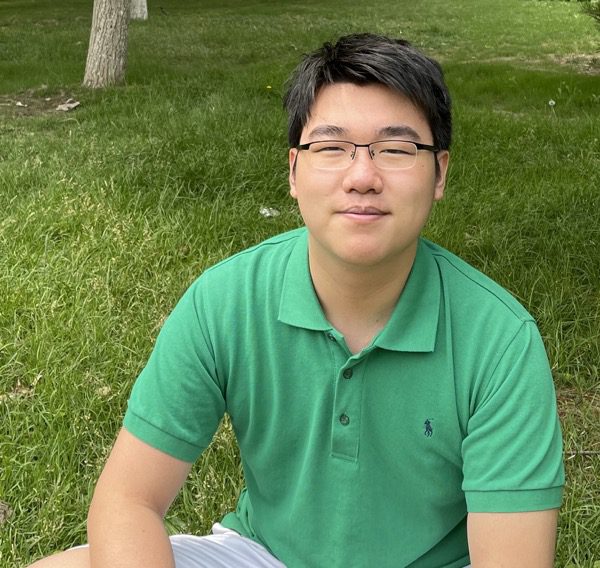
This project aims to develop a large-scale deep-learning foundation model trained on Perturb-seq datasets, which pair CRISPR gene edits with single-cell RNA-sequencing snapshots. By learning the transcriptional shifts that follow each perturbation, the model infers quantitative rules linking individual genes to the broader regulatory network across diverse human cell types. The resulting in-silico engine can rapidly predict how silencing or modulating any gene will reshape cellular programs, allowing researchers to prioritize the most informative laboratory experiments. This data-driven workflow accelerates target identification and streamlines early drug-discovery pipelines, reducing experimental overhead […]
Grecia Garcia
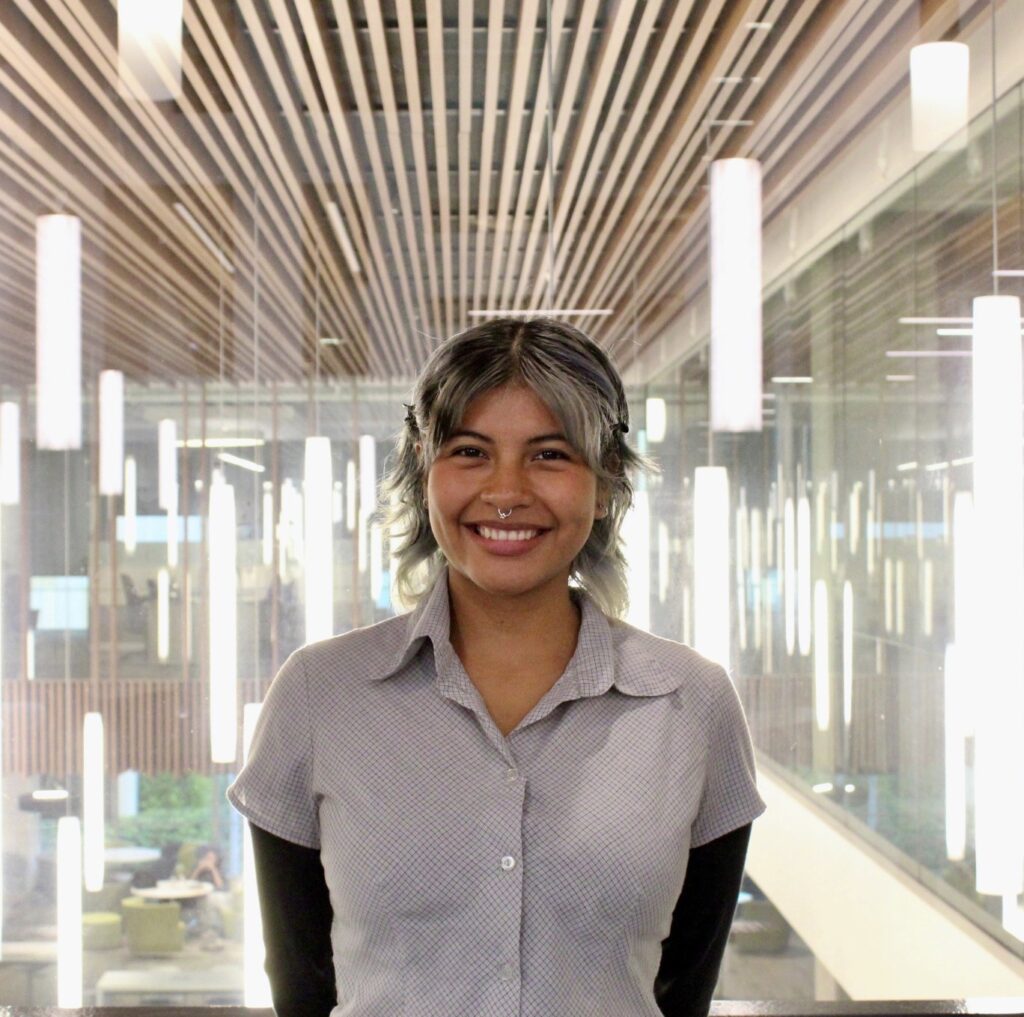
The UCSF Separate and Unequal project takes an interdisciplinary approach to study the phenomenon of healthcare segregation in the United States using legal, historical, and qualitative methods to investigate the mechanisms and impacts of payer segregation. This summer, Grecia will collaborate on a pilot study exploring the experiences of pregnant and parenting adults enrolled in Medi-Cal as they seek care at an Academic Medical Center in Los Angeles County. Under UCSF faculty mentorship, Grecia will help design and conduct interviews, recruit participants, and analyze emerging themes. With fluency in English […]
Grace Hu
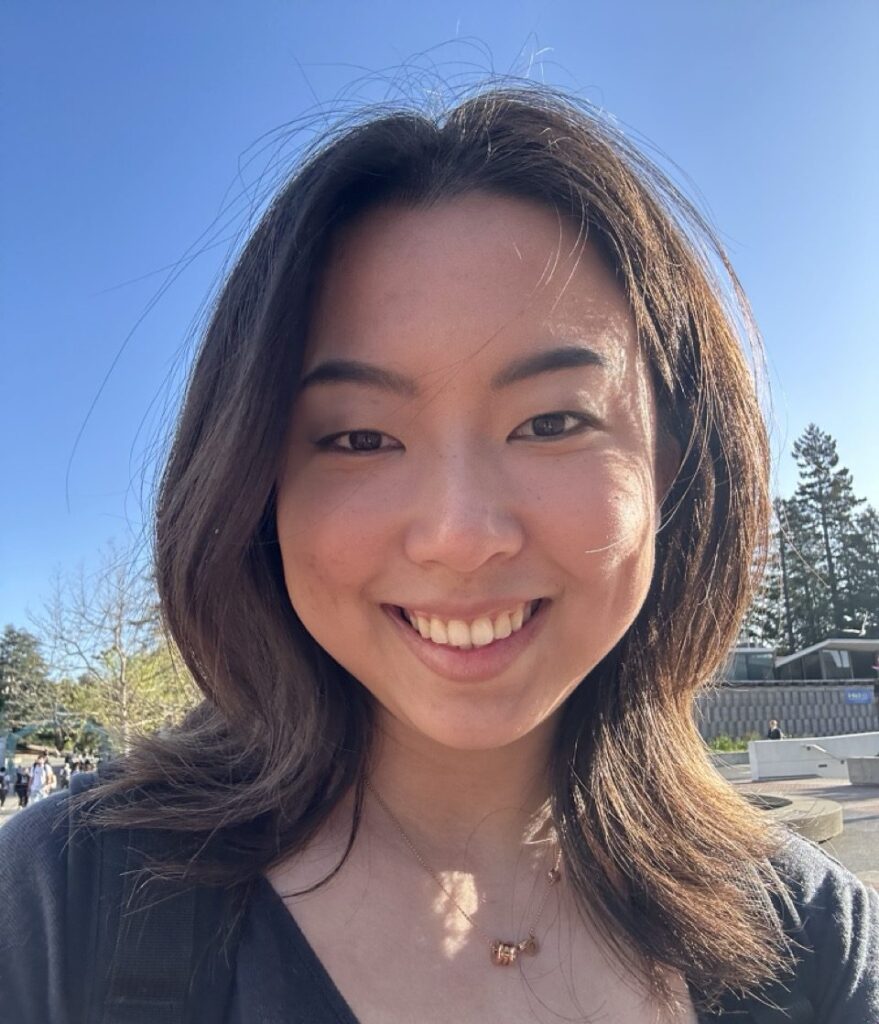
This summer I will be helping design and monitor a randomized control trial that gives young Ugandan mothers the tools and training to start small organic vegetable gardens. I will oversee field-work quality, clean and organize household-survey data, and build statistical models that track changes in harvest yields, family diets, and income. By blending rigorous research design with on-the-ground monitoring, the project will show whether a simple garden can boost nutrition and economic resilience. The findings will equip local NGOs and policymakers with evidence to scale cost-effective programs that empower […]
Francis Waligora
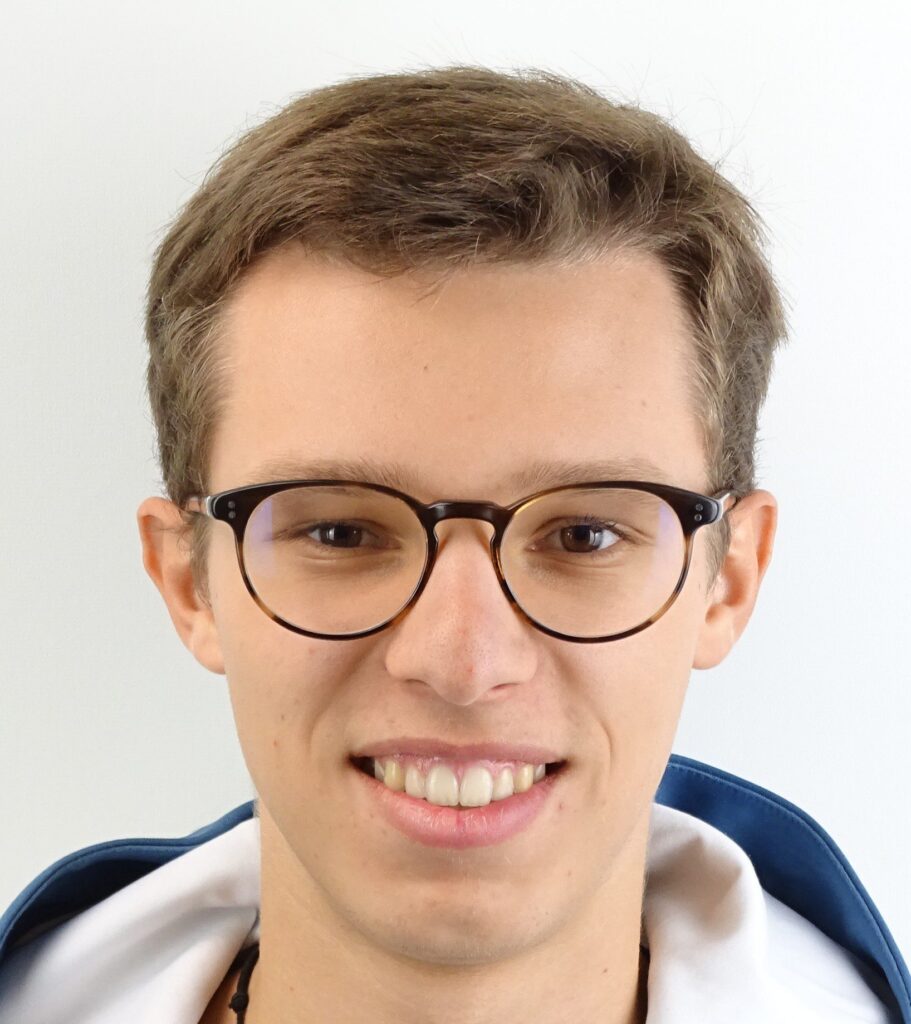
Fault zones accumulate damage over time due to both seismic and aseismic processes. This project seeks to deepen our understanding of how lithology influences off-fault damage by combining field observations with laboratory experiments. We will conduct compressive, tensile, and dynamic loading tests to gather data, which will be analyzed using MATLAB and Python. To test our hypotheses, we will also perform thin-section fragment analysis using machine learning algorithms. Together, these methods aim to shed light on how fault damage evolves and affects seismicity in response to varying lithologies.
Fiona Chan

In the Theunissen Lab, we conduct research on zebra finches’ ability to differentiate calls and vocalizations and the neural computations behind this. The zebra finches have incredible discrimination and complex social behaviors, making them an effective focus in understanding auditory perception. For this summer research, we will explore how auditory perception and communication is developed in young zebra finches. Through operant conditioning experiments, we aim to understand the abilities of young zebra finches in call differentiation and how they learn their rich repertoire. This research works towards the goal of […]
Fion Wu
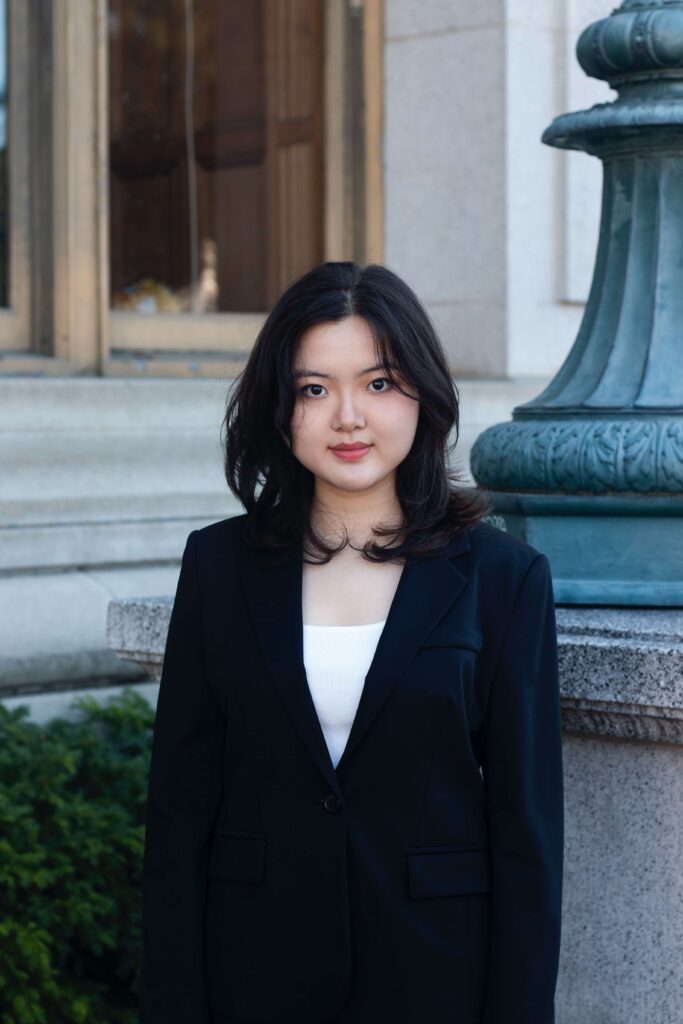
Just like humans, bacteria also face viral infections from viruses called phages. Interestingly, some phages don’t kill their host right away. They can quietly integrate into the bacterial genome as “prophages” and remain dormant for long periods. These prophages can later reactivate and destroy their host, but they may also offer surprising benefits. Some provide toxins to outcompete rival bacteria or virulence factors that promote disease, while others help defend the host from future phage attacks. This summer, I will isolate prophages from diverse bacteria, test their ability to infect […]